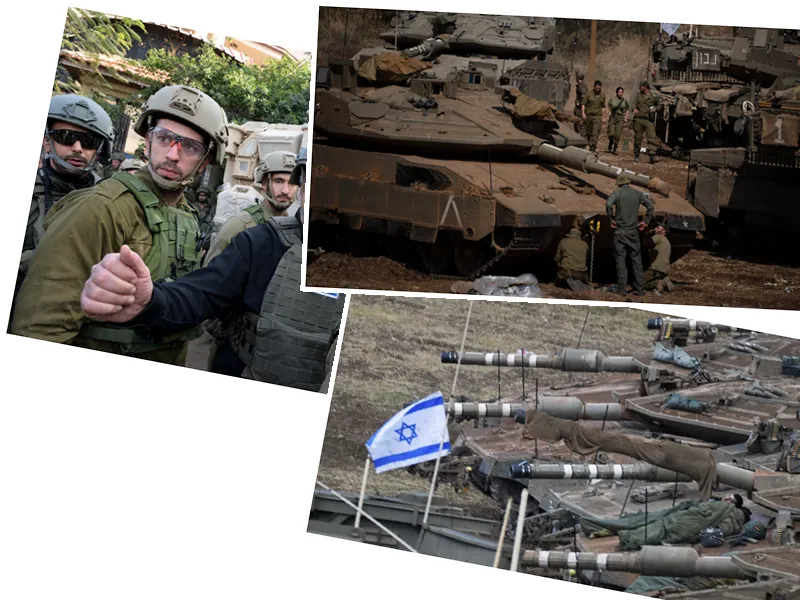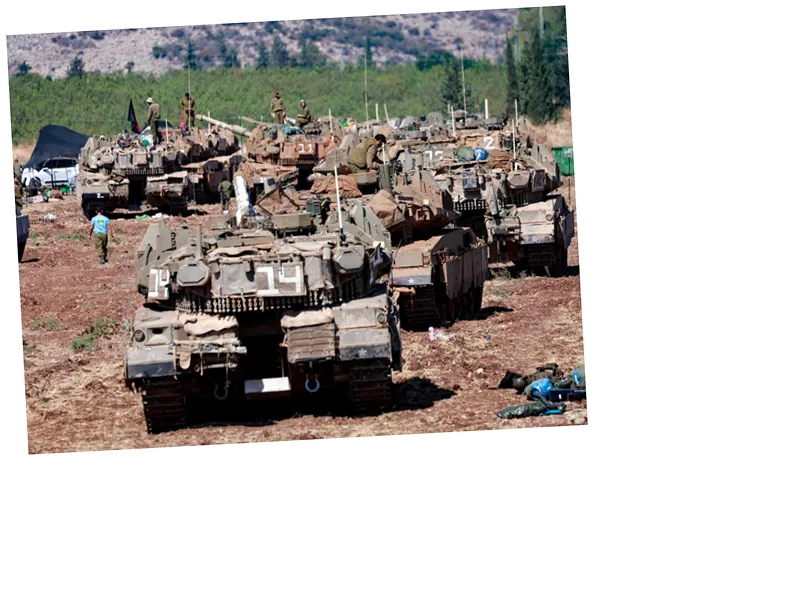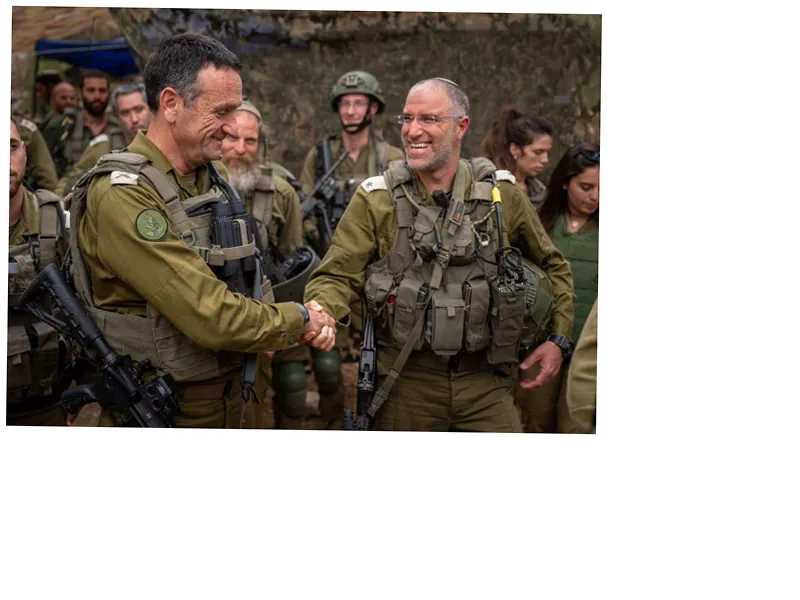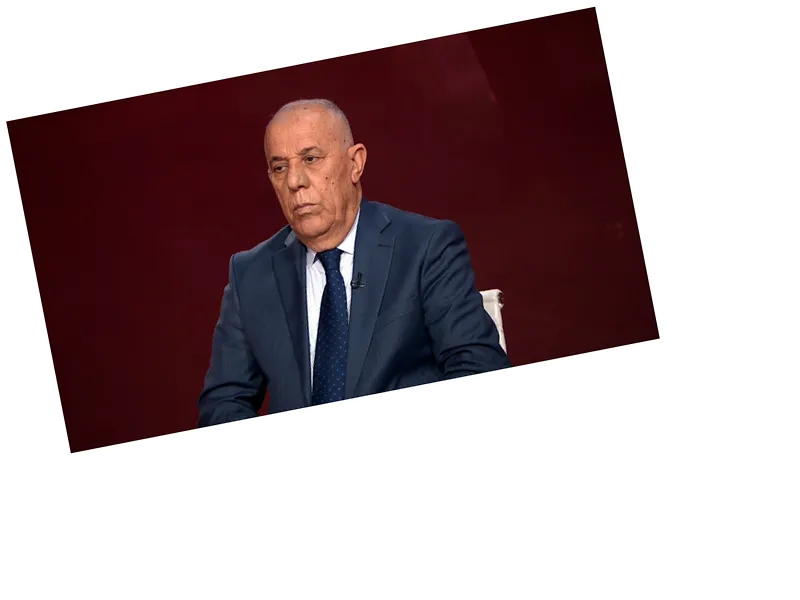Israeli Ground Invasion of Lebanon: Objectives and Implications
As tensions escalate in the region, the Israeli military has initiated a ground offensive into Lebanese territory, marking a significant military operation since the 2006 war. The Israeli army's incursion aims to target Hezbollah fighters and their missile capabilities, particularly in border villages such as Markaba and Rmeish. This operation has raised concerns regarding the potential for increased violence and instability in Lebanon, especially following recent airstrikes that resulted in the assassination of Hezbollah Secretary-General Hassan Nasrallah.
Hezbollah has responded with artillery fire aimed at Israeli troop movements, claiming direct hits and casualties among the Israeli forces. The group's military strategies are designed not only to defend Lebanon but also to support the Palestinian cause in Gaza. The Lebanese Army, alongside UNIFIL, has confirmed its position along the southern border, emphasizing its commitment to maintaining peace despite the Israeli military's actions.
Strategic Considerations and Risks of the Incursion
Military analysts suggest that Israel's ground invasion may follow three main axes, targeting specific regions to achieve tactical advantages. The incursion is expected to be limited in scope, with small units of soldiers supported by armored vehicles. However, experts warn that the operation carries significant risks, including the potential for heavy casualties among Israeli forces due to Hezbollah's well-prepared defenses and knowledge of the terrain.
The incursion also represents a shift in the deterrence dynamics between Israel and Hezbollah, challenging the long-standing status quo that has deterred ground operations in the past. As both sides prepare for potential escalations, the situation remains precarious, with the potential for broader conflict looming over the region.





